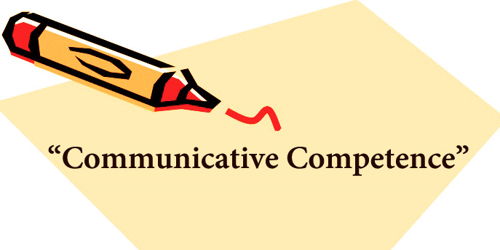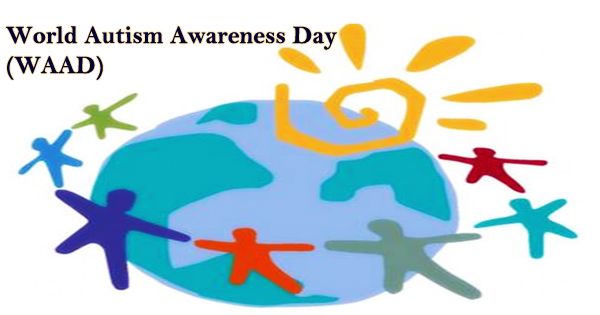In the present context of the world, “Communicative competence” is very essential. ‘Communicative competence’ means the ability to use a language appropriately. To be competent in a language one has to use it in different situations. The term was coined by Dell Hymes in 1966, reacting against the perceived inadequacy of Noam Chomsky’s (1965) distinction between linguistic competence and performance. To address Chomsky’s abstract notion of competence, Hymes undertook an ethnographic exploration of communicative competence that included “communicative form and function in integral relation to each other”. The approach pioneered by Hymes is now known as the ethnography of communication. ‘Communicative competence’ can be developed in two ways. The first is acquisition and the second is learning. The acquisition is similar to the way people technical terms, the acquisition is a tongue. It is a natural and subconscious process. In the non-technical term, the acquisition is ‘picking up’, a language spontaneously. It may also be called implicit learning. On the other hand, learning is a conscious knowledge of a language. In this process, one has to learn the four skills of language learning – listening, speaking, reading and writing. Besides, one has to know, the rules of language use, and practice to communicate with others by using the language. In non-technical terms, learning is to know consciously about a language. It may be described as ‘explicit’ learning. Between the two ways of learning a language, acquiring a language is more successful and longer-lasting than learning because acquiring a language is a process and we learn it naturally. The understanding of communicative competence has been influenced by the field of pragmatics and philosophy of language, including work on speech acts. Communicative skill cannot be easily achieved. By practicing a language and communicating with others, one can attain mastery of it.
Communicative Competence
















